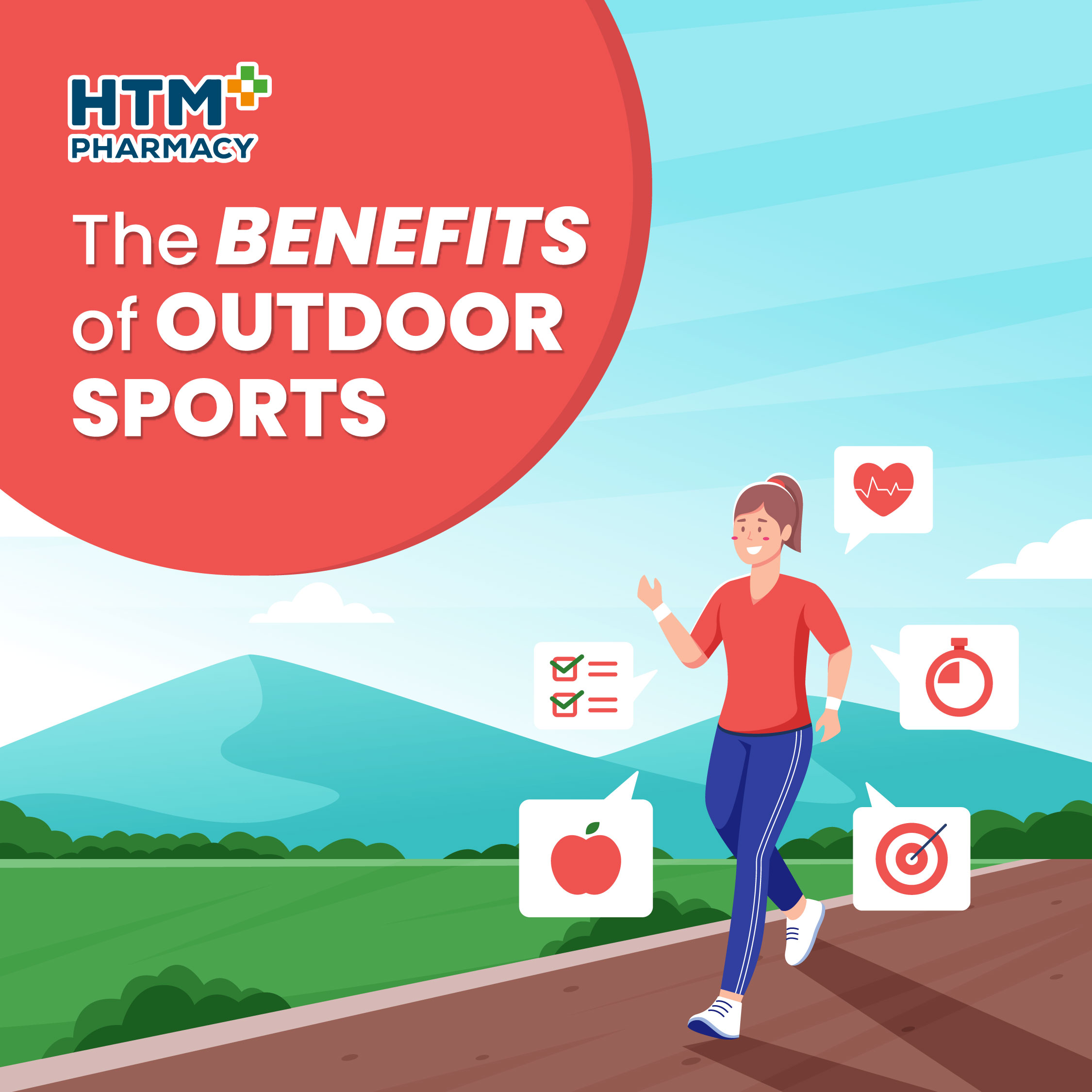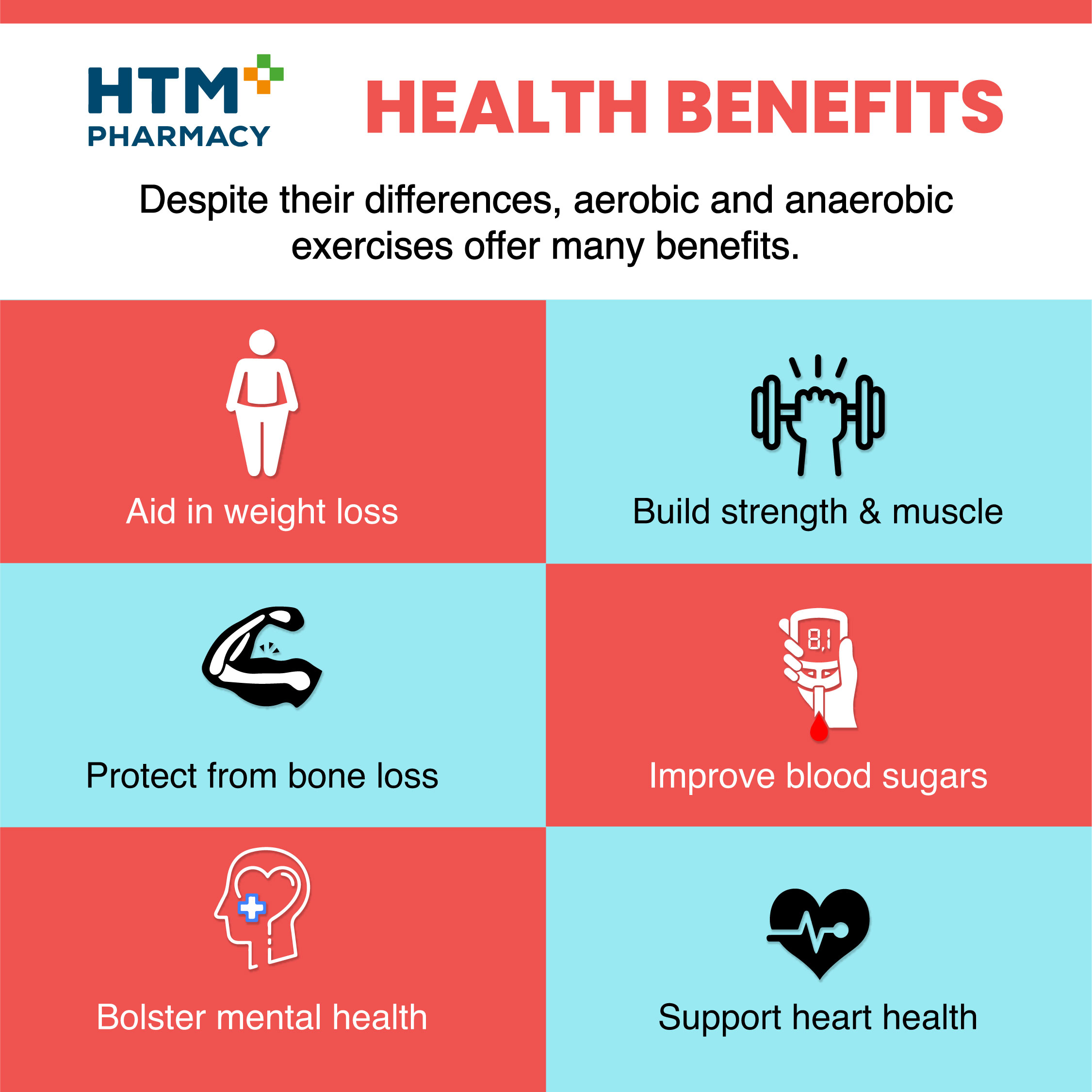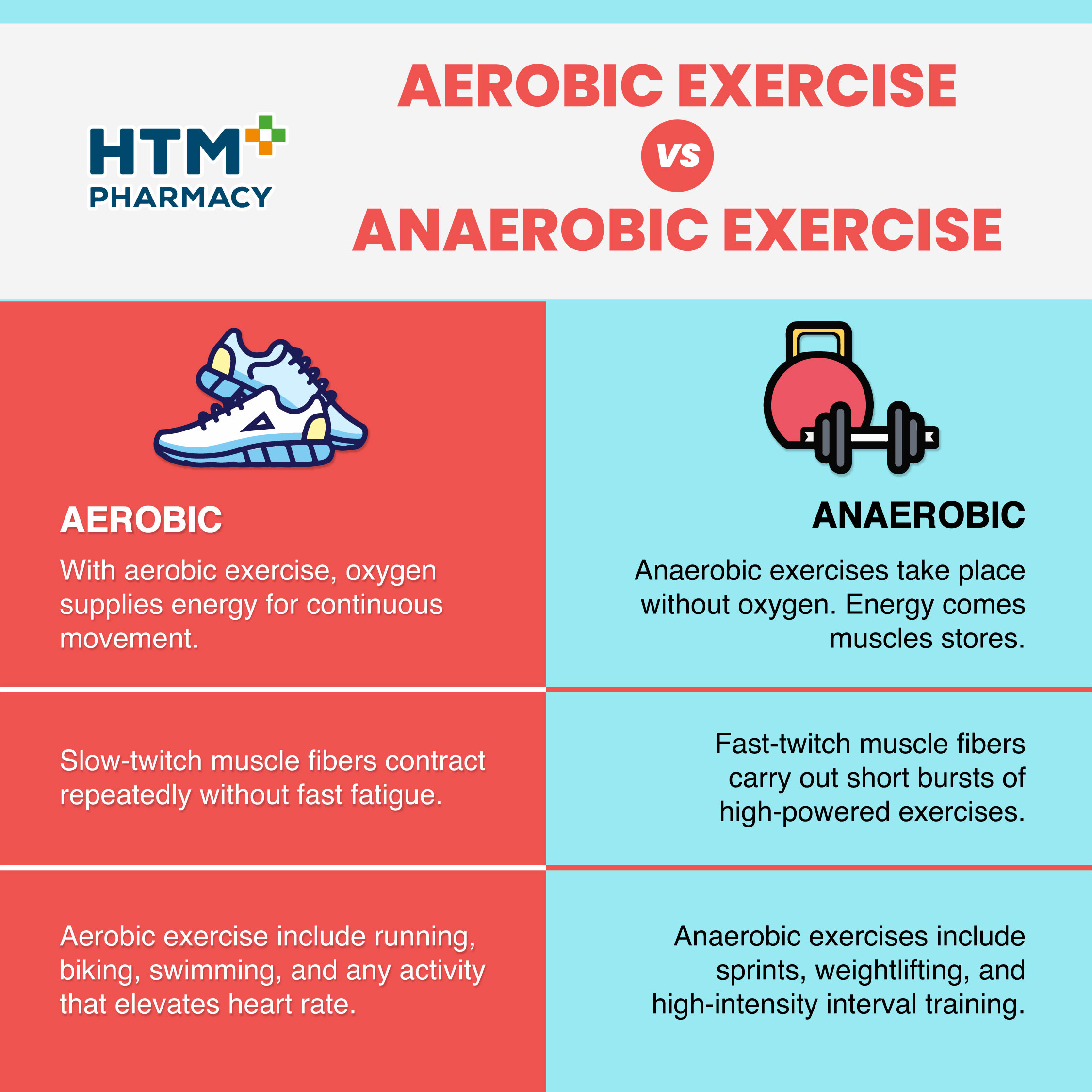
In our modern society, people are becoming increasingly sedentary as they face the screens more than anything for work, education as well as recreation purposes. More than a quarter of the world’s population (1.4 billion people) are physically inactive. Worldwide, it was found that 28% of adults aged 18 and above were not active enough in 2016 (men 23% and women 32%). This means that these groups of people do not meet the global recommendations of at least 150 minutes of moderate-intensity or 75 minutes vigorous-intensity physical activity per week. Levels of inactivity are twice as high in high-income countries (26% of men and 35% of women), as compared to low-income countries (12% of men and 24% of women).
It was found that increased levels of physical inactivity negatively impacted health systems, economic development, community well-being and quality of life. High incidences of cardiovascular disease, type 2 diabetes and cancer are also linked to lack of physical activity.1
As with general physical activity, outdoor sports confer a wide range of positive health benefits including increased fitness and better cardiovascular function, reduced blood pressure, obesity, resting heart rate and a positive influence on other health markers. Consequently, those health enhancing effects result in a reduced risk for several major diseases like heart attack, stroke, cancer or type 2 diabetes. Based on a study in Denmark, there was a 11 to 18% reduction in heart attacks in Danish cyclists, which increases to a 26% lower risk of developing coronary artery disease when participants started and then maintained active cycling. For the activity of hiking, another study by Hakim et al. showed a 50% reduction in the risk of coronary artery disease. Other than cardiovascular diseases, high level of physical activities are also associated with lower risks of 13 cancer types, including oesophageal (-42%), liver (-27%), lung (-26%), kidney (-23%), stomach (-22%), endometrial (-21%), myeloid leukaemia (-20%), myeloma (-17%), colon (-16%), head and neck (-15%), rectal (-13%), bladder (-13%) and breast cancer (-10%).
On the contrary, physical inactivity is identified as a prominent cause of premature deaths and a shorter life expectancy. The relative risk of death is approximately 20% to 35% lower in physically active and fit persons compared to that in inactive and unfit persons. Since a 40% lower mortality rate corresponds to an approximately 5-year higher life expectancy, one would expect an approximately 3.5- to 4.0-years longer life expectancy in physically active persons compared to that in inactive persons. The median increase of life expectancy of average adults in the eight studies presenting data on both sexes amounted to 3.7 years each. As a result of a systematic review, it was concluded that walking and cycling reduced all-cause mortality risk by an average of 11 and 10% respectively.
Other than reducing the risk of diseases, outdoor sports lead to better overall health perception and a better quality of life. In the context of healthy ageing, outdoor sports can help elderly people to maintain physical performance and improved balance. Middle-aged and older adults walking 150 minutes per week reported a better mental health status, better quality of life and overall wellbeing in a longitudinal study on ageing done in Ireland.
Besides the functional perspective of ageing, outdoor sports also provide a rich resource for active and happy ageing with effects like positive engagement, revitalization, tranquility, and increased mood in the elderly. It is clear that sport involvement can even have an emotional component. Adults with low levels of physical activity are over twice as likely to have clinically relevant depression symptoms. Besides depression issues, which are major issue in our modern society, multiple studies showed the influence that outdoor activities can have on other affective states. Participation in outdoor sports can help to reduces negative affective states like stress, depression, anxiety, tension, confusion, anger, rumination, loneliness, and neuroticism. In fact, a lot of positive feelings have been related to participation in outdoor sports, such as pleasure, enjoyment, meditation, independence, and vital strength. Outdoor sports do not only prevent mental illnesses but they are also used in the treatment of Alzheimer’s disease and dementia. Additionally, physical activities and sports in the natural environment are also used as a therapeutic tool for a range of groups with specific needs such as children with disabilities, persons with disabilities after acute injuries and attention-deficit hyperactivity disorder (ADHD) sufferers.
Furthermore, there was evidence that exposure to the sun helps to maintain the level of vitamin D (25OHD level) which is beneficial for the bone health, especially in the elderly. Outdoor activities are also highlighted as helping to prevent multiple sclerosis and the onset and progression of myopia.2
Beyond the health enhancing effects of physical activity and nature, outdoor sports are also positively correlated to social skills including the intra- and interpersonal development for young people. As compared to indoor setting, social interaction time and the intention for future exercise is higher in outdoor setting. Experiences of wild nature before the age of 11 would positively impact their attitudes and behaviour when they become adult. Older people (aged 50+) who participated in regular walking reported greater participation in social activities and lower loneliness scores. These outdoor activities provide a natural environment that lead to an intense contact of individuals with nature, with other people as well as with themselves. Examples of outdoor programmes that are incorporated under this definition are hiking, trekking, swimming in the natural environment, cycling, snowshoeing, cross-country skiing, canoeing, surfing, or climbing.3
Outdoor sports could possibly be the key tool to activate sedentary, non-active people, used to promote an active and healthy lifestyle and also influence the attitudes towards physical activity in a positive way. As outdoor sports have connections to lifetime activity habits, they can foster sport adherence and regular, sustained participation over one’s life course and help people to find a lifetime hobby.4
Among the outdoor sports, these sports and activities are found to increase life expectancy for active participants compared to their sedentary peers: 5
Aerobic Vs Anaerobic Exercises
Aerobic exercise is also known as endurance or cardio exercise. During the course of this exercise, large muscles in the body move in a rhythmic manner for a prolonged period of time. This type of exercise involves increasing oxygen consumption by the body. Our body does this by increasing the breathing and heart rate. Examples of aerobic exercise include running, cycling, and swimming.
Aerobic activity could be performed over a range of intensities for a period of time:
Benefits of Aerobic Exercise
Overall, aerobic exercise improves heart, lung, and circulatory system. Regular aerobic exercise has been shown to lower the risk of developing heart disease, stroke, type 2 diabetes, dementia, and even some types of cancers.
Anaerobic Exercise
Anaerobic exercise is also known as strength and power exercise. This form of exercise involves quick bursts of energy and is performed at maximum effort over a short time, usually on a scale of seconds to a few minutes. Our muscle power, strength, and size would be enhanced via anaerobic exercises. Examples include jumping, sprinting, heavy weight lifting, resistant band exercises, and bodyweight exercises (push-ups, pull-ups, squats, lunges).
Benefits of Anaerobic Exercise
Regular anaerobic exercise increases our bone mass density, slowing the process of natural bone loss that occurs with age and thus reducing the risk of osteoporosis. Maintaining muscle mass is particularly important for older adults, as a decrease in muscle strength can lead to a lack of mobility and increases the risk of falls. Regular resistance training can improve muscle strength.

Aerobic Vs Anaerobic Exercise: Which is Best?
The biggest difference between aerobic and anaerobic exercises is the respiration and heart rate. Oxygen is the main energy source during aerobic workouts. As for anaerobic exercise, your body needs immediate energy. Hence, stored energy sources would be used instead of oxygen. This stored energy in the form of glucose would be broken down to fuel the body.
Both aerobic and anaerobic exercise is equally important for optimal health. Aerobic exercise will mainly increase our cardiovascular endurance, while anaerobic exercise will mainly increase our muscle strength. The World Health Organization (WHO) recommends doing both types of exercise over the course of one week. Their general recommendations for healthy adults aged 18-64 years include:
For elderly over 65 years, the recommendations are the same as the ones listed for the age group 18-64 years. In fact, it is recommended that those elderly people with poor mobility should perform physical activity to enhance balance and prevent falls on three or more days per week. As for people who are unable to reach the recommended amounts of physical activity due to health conditions, they should be as physically active as their abilities and conditions allow.6,7

References
1. World Health Organization. (n.d.). Physical activity. World Health Organization. Retrieved April 11, 2022, from https://www.who.int/news-room/fact-sheets/detail/physical-activity
2. Reimers, C. D., Knapp, G., & Reimers, A. K. (2012). Does physical activity increase life expectancy? A review of the literature. Journal of aging research. Retrieved April 11, 2022, from https://www.ncbi.nlm.nih.gov/pmc/articles/PMC3395188/
3. Eigenschenk, B., Thomann, A., McClure, M., Davies, L., Gregory, M., Dettweiler, U., & Inglés, E. (2019, March 15). Benefits of outdoor sports for society. A systematic literature review and reflections on evidence. International journal of environmental research and public health. Retrieved April 11, 2022, from https://www.ncbi.nlm.nih.gov/pmc/articles/PMC6466442/
4. The new European Bauhaus: Opportunities for the sport sector. (n.d.). Retrieved April 11, 2022, from https://eu-admin.eventscloud.com/file_uploads/aa9cad5a7013e901084dafcd7a1aefbe_The-New-European-Bauhaus_opportunities-for-the-sport-sector-final.pdf
5. Karla Walsh Headshot Karla Walsh Reviewed by Dietitian Lisa Valente, M. S. (n.d.). These 7 sports are associated with longer lifespan, according to research. EatingWell. Retrieved April 11, 2022, from https://www.eatingwell.com/article/7897295/these-sports-are-associated-with-longer-lifespan-according-to-research/
6. The difference between aerobic and anaerobic exercise. Eufic. (n.d.). Retrieved April 11, 2022, from https://www.eufic.org/en/healthy-living/article/the-difference-between-aerobic-and-anaerobic-exercise
7. Sydney Lappe, M. S. (2020, July 22). Aerobic vs. anaerobic exercise: Differences & benefits. BistroMD. Retrieved April 11, 2022, from https://www.bistromd.com/exercise/the-difference-between-aerobic-and-anaerobic-exercises
For further inquiry/ one-to-one consultation with our pharmacist, feel free to whatsapp?
Pharmacist service is available from Monday to Friday (9am-6pm).
Subscribe for our latest news and be the first to know about our offers.